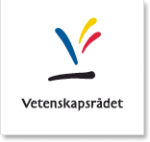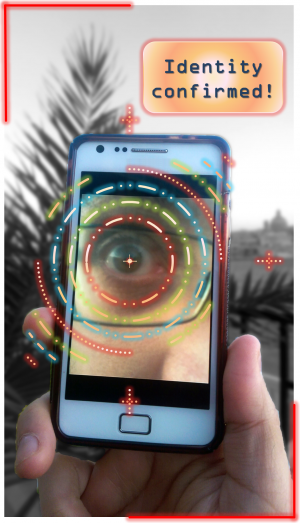OCULAR
Ocular Biometrics in Unconstrained Sensing Environments
| OCULAR | |
| Project start: | |
|---|---|
| 1 January 2017 | |
| Project end: | |
| 30 December 2020 | |
| More info (PDF): | |
| [[media: | pdf]] | |
| Contact: | |
| Fernando Alonso-Fernandez | |
| Application Area: | |
| Biometrics | |
Involved internal personnel
| |
Involved external personnel
| |
Involved partners
| |
-
| |
Abstract
This is a four-years project financed the Swedish Research Council. The project is concerned with ocular biometrics in unconstrained sensing environments. Attention will be paid to the periocular modality (the part of the face surrounding the eye), which has shown a surprisingly high discrimination ability, and is the facial-ocular modality requiring the least constrained acquisition. One goal is to contribute with methods for efficient ocular detection and segmentation. This is still a challenge, with most works relying on manual image annotation, or on detecting the full face, which may not be reliable for example under occlusion. We will continue initiated work with symmetry filters, and will explore deep learning algorithms too, which are giving promising results in many computer vision tasks. Low resolution is another limitation. Thus, another goal will be super-resolution (SR) reconstruction of ocular images. With few works focused on iris, and none on periocular, adaptation of the many available SR methods to the particularities of ocular images is a promising avenue yet to be explored. Ubiquitous biometrics has emerged as critical not only in light of current security threats (e.g. identifying terrorists in surveillance videos), but also due to the proliferation of consumer electronics (e.g. smartphones) in need of continuous personal authentication for a wide variety of applications. By our contributions, we expect to be able to handle a wide range of variations in biometric imaging from these scenarios.
Swedish Research Council, Research Project No: 2016-03497
This project relates broadly to ocular biometrics in unconstrained sensing environments. Particularly, to methods for reliable detection/segmentation of ocular regions, and reconstruction of low-resolution images. The specific research objectives are:
- Detection of ocular region in unconstrained sensing environments under variations in scale, illumination, pose, low resolution, noise, etc. This is novel, since the vast majority of ocular recognition works have relied on manual annotation.
- Super-resolution reconstruction of ocular images. It may be used to iteratively improve detection (which may improve reconstruction further too), and ultimately to get better recognition accuracy thanks to enhanced image quality. Despite low resolution is frequent in relaxed environments, few ocular reconstruction works exist.
- Ocular recognition by case studies using data at a distance and on the move. Fundamental research contributions can be greatly benefited with practical applications in mind, since they enable to assess merits of the developments. We will concentrate on two cases: cooperative scenario with personal devices (smartphone), and uncooperative with surveillance cameras.
A primary consequence will be facilitated user interaction by enabling the use of data acquired in a wide range of operational conditions. More comfort and convenience can be achieved thanks to the use of own devices and natural interaction patterns with digital systems.

